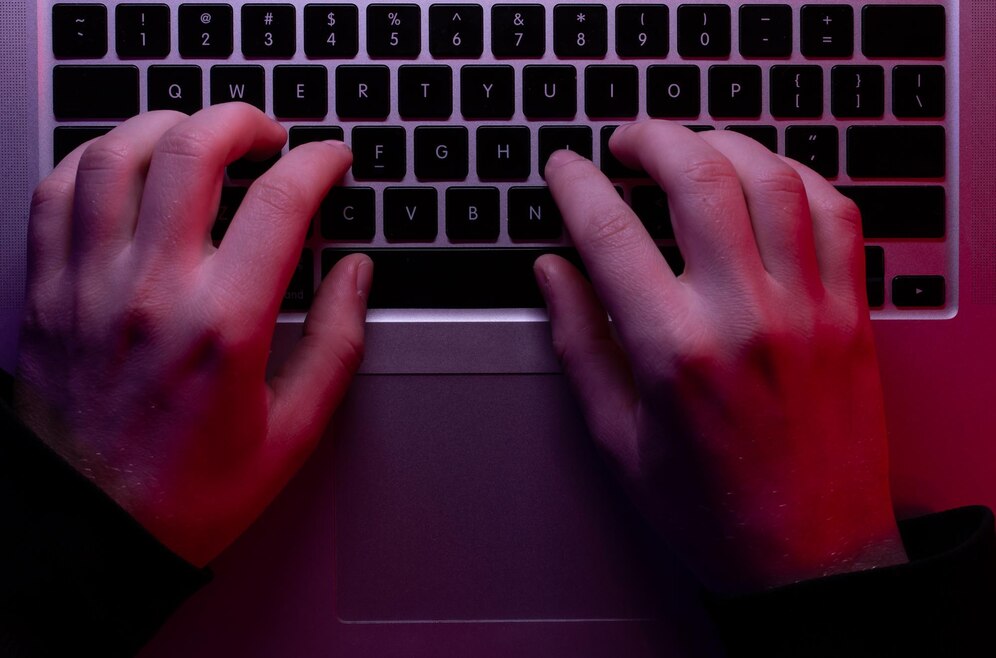The internet you use every day—search engines, social media, streaming services—is just the tip of the iceberg. Beneath the surface lies the dark web, a hidden corner of the internet that’s inaccessible through standard browsers and search engines. While it has legitimate uses, it’s also a marketplace for illegal activity—and it may already have your personal information.
In this article, we’ll explore what the dark web is, how it works, why your data might be there, and what you can do about it.
What Is the Dark Web?
The dark web is a part of the deep web, which includes all online content not indexed by traditional search engines. Unlike the deep web (which includes things like academic databases or private company intranets), the dark web is intentionally hidden and requires special software, such as Tor (The Onion Router), to access.
Key Characteristics:
-
Anonymity: Both users and website operators are anonymous.
-
Unindexed: Content cannot be found through Google, Bing, or other search engines.
-
Encrypted: Traffic is routed through multiple servers to obscure identities and locations.
While the dark web can be used for privacy-focused communication (like whistleblowing or journalism in oppressive regimes), it’s more commonly associated with illegal activity.
What Happens on the Dark Web?
Some parts of the dark web serve legitimate purposes, such as:
-
Secure forums for journalists and activists
-
Privacy tools and software development communities
However, it’s also known for illicit marketplaces and activities, including:
-
Selling stolen credit card numbers and login credentials
-
Trading personal identity information (like Social Security numbers)
-
Sharing hacked medical records, passwords, and corporate data
-
Distribution of malware, hacking tools, and ransomware services
This is why the dark web is often referred to in headlines related to cybercrime and data breaches.
Why Your Information Might Be on the Dark Web
Even if you’ve never intentionally visited the dark web, your data might be there due to:
1. Data Breaches
Large companies, including banks, retailers, healthcare providers, and social platforms, have experienced data breaches in which personal data was stolen and then sold or leaked on the dark web.
Examples of data leaked:
-
Names, addresses, phone numbers
-
Email addresses and passwords
-
Credit card or banking information
-
Government-issued ID numbers
-
Health records
2. Credential Stuffing
Once one of your passwords is compromised, attackers may try it on other services. If you reuse passwords, this can lead to multiple account takeovers—and your entire digital life being traded.
3. Phishing Attacks
If you’ve ever clicked on a suspicious link or entered information on a fake login page, that data could have been harvested and sold.
4. Malware Infections
Malware on your device can steal information silently and transmit it to threat actors, who then post it or sell it on dark web forums.
How to Check if Your Information Is on the Dark Web
While you can’t simply “Google” the dark web, there are services that can help you monitor whether your information has appeared there:
-
Have I Been Pwned – Free service to check if your email has been involved in known breaches.
-
Dark web monitoring tools from services like:
-
Identity theft protection providers (e.g., LifeLock, Aura, IdentityForce)
-
Password managers (e.g., Dashlane, 1Password, LastPass)
-
Credit monitoring bureaus (Experian, TransUnion)
-
These tools often alert you if your personal information, email, or passwords appear on dark web marketplaces or forums.
What to Do If Your Info Is Found
Finding your information on the dark web doesn’t necessarily mean your accounts have been accessed—but it does mean you’re at risk.
Steps to Take Immediately:
- Change all compromised passwords, especially if reused across multiple accounts.
- Enable two-factor authentication (2FA) on all important accounts to prevent unauthorized access.
- Freeze your credit with major credit bureaus to prevent identity theft.
- Monitor your financial statements for any unusual activity.
- Consider identity theft protection if sensitive information like your SSN or driver’s license was exposed.
How to Protect Yourself Going Forward
While you can’t prevent every data breach, you can limit the damage by practicing good digital hygiene:
-
Use strong, unique passwords for every site (consider a password manager).
-
Avoid oversharing personal information on social media or public platforms.
-
Keep your software and devices up to date to protect against security vulnerabilities.
-
Be cautious with links and attachments, especially from unknown sources.
-
Use security tools, such as antivirus software, firewalls, and a VPN for added privacy.
The dark web is a shadowy part of the internet—one that most people will never visit, but that may already be hosting their personal information. Understanding what it is and how your data might end up there is the first step toward protecting yourself.
You don’t need to live in fear of the dark web—but you do need to be aware, proactive, and prepared. In today’s digital world, vigilance is your best defense.

